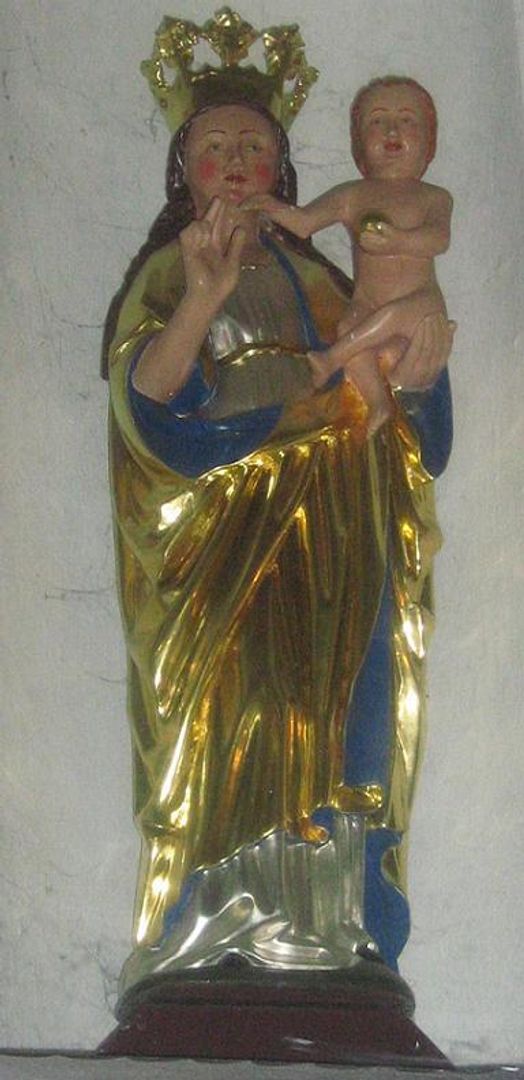Church of the Immaculate Conception of the Blessed Virgin Mary in Trzebieszewo
6.22

Overview
The Church of the Immaculate Conception of the Blessed Virgin Mary in Trzebieszewo, built in 1446, is a site of rich history and remarkable architecture. Initially, the church was designed as a hall church, oriented, with two side chapels and a polygonal chancel. Its tower, which has been the subject of debate regarding its architectural form, consists of a stone base and a wooden belfry topped with a pyramidal spire. The walls are made of brick, built on a stone foundation, and were expanded in the 19th century with the addition of an empora and symmetrical enlargement of the chapels.
Historically, the church played a significant role in the local community. In the 17th century, it suffered damage during the invasion of imperial troops, and after the Thirty Years' War, its parish was divided among different administrative authorities. Over the centuries, the church underwent numerous renovations and modifications, including the installation of stained-glass windows in the 20th century and the acquisition of a clock in 1739. After World War II, in 1945, the church came under the care of the Roman Catholic Church, and the first post-war Mass was celebrated that same year by Father Michał Kaspruk.
The church also boasts culturally significant features, such as a gilded silver chalice donated in 1659 and an organ funded in 1854. In 1926, Pastor Wilhelm Keiper passed away, and his successors contributed to further conservation efforts, including interior painting. The side windows near the altar were adorned with stained-glass windows depicting important biblical scenes.
Surrounded by ancient trees, the church grounds serve as a cemetery, and to the west lies a neoclassical tomb. An interesting anecdote is that in 1909, the church tower was struck by lightning but sustained only minor damage. The Church of the Immaculate Conception of the Blessed Virgin Mary stands as a valuable example of local architecture and spiritual heritage, intertwining the histories and traditions of many generations.
Location
2025 Wizytor | All Rights Reserved